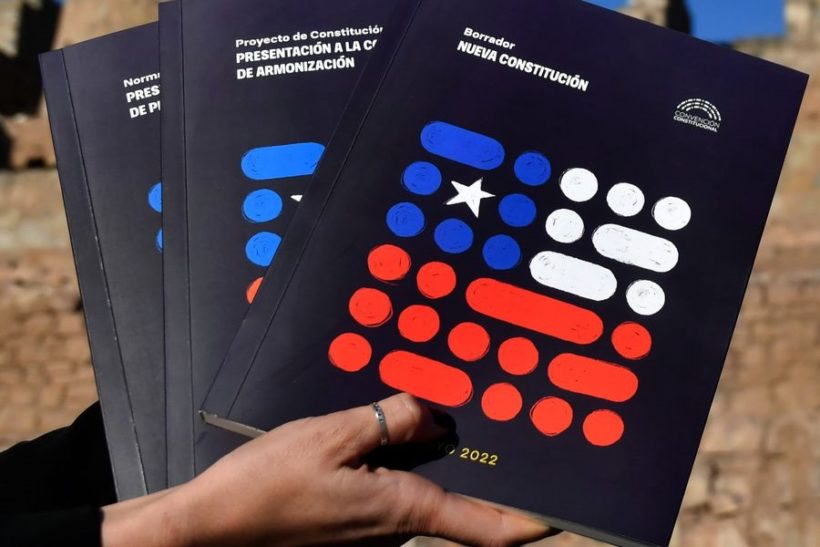Transformation is a natural and inevitable phenomenon, occurring both in biological organisms and in the rest of the universe. Humanity also undergoes constant transformation, even though there is a resistance to change in individuals and groups. It is part of people’s own inertia to seek to preserve social structures from the point of view of slowing down developments. However, it is an action destined to fail because there is a degree of precariousness and instability in all the structures that make up human societies.
Social structures, both economic and cultural, are neither perfect nor stable over time, requiring sporadic readjustments or maintenance, which generate desired and undesired effects for multiple people. For example, traditional Chilean culture during the 18th and 19th centuries maintained a Catholic cultural hegemony in the political and legal structures of the nation. This situation changed during the development of the 20th century, with the separation of the Catholic Church from the Chilean State at the constitutional level, and the recognition of freedom of worship. However, the change was earlier and much more profound than the legal recognition of secular independence from the state bureaucracy.
The former Catholic majority in Chilean culture, inherited from the conquest by the Spanish crown in the 16th century, suffered a gradual and steady decline, becoming just one group in a range of different religious faiths and cultural groups, even though this diversity was not recognised by the constitution at the beginning of the 20th century.
Structural transformations in society forced a subsequent change in the legal structure of the political constitution. The transformation of the traditional Catholic Chilean culture into a modern secular Chilean culture was reflected in constitutional changes at the beginning of the 20th century. Even so, this legal formalisation in the political constitution is not a cause of the cultural change related to the decrease of Catholic hegemony in Chilean society, and this legal change is configured as an effect of the transformations of social structures.










